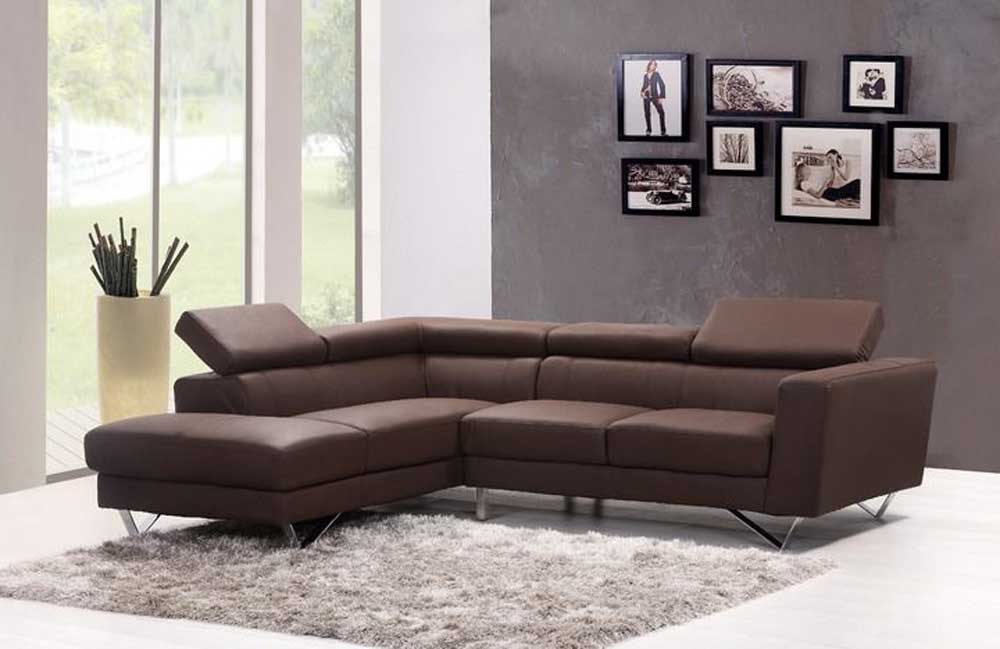Contemporary design is your interpretation of now
Published 1:00 pm Saturday, September 1, 2018

- Contemporary design is one's interpretation of what's trending. (Courtesy)
The spirit of your home begins with you and where you are in life right now. Contemporary interior design belongs to the now. It’s your interpretation and expression of what is trending.
Much of today’s contemporary style has deep roots in Modernism, a movement from the late 19th through the mid-20th century that encompassed the arts, architecture, design, literature, philosophies, culture and lifestyle.
Trending
Architect Louis Sullivan, who is credited with the mantra “form follows function,” is considered to be the founder of the Modernist movement. Modernism is seen in Art Deco and the Bauhaus Movement.
Mies van der Rohe, the architect who popularized the design principal “less is more,” along with his famous contemporaries Sullivan, Frank Lloyd Wright, Le Corbusier and Walter Gropius, were pioneers of the Modernist movement.
Advances in industry, particularly the use of steel and glass, heavily influenced the design styles of that era. Sullivan, the original designer of the skyscraper, used steel as structure instead of masonry.
An example of using steel as craft is the classic Barcelona chair designed by van der Rohe in 1929. This stunning chair style remains much loved and sought after.
Gropius founded the Bauhaus School in Germany. While under his direction from 1919 to 1928, the school was responsible for The Bauhaus Movement which made industrial design popular.
In contrast to Modernism, contemporary design is “of the moment.” Because contemporary design evolves from new technologies and an ever expanding number of materials, it is fluid and easy to personalize.
Trending
Think of contemporary design as having three components: the experience, the feel and the look.
The Experience
Before you begin a decorating project, think about your life, long-term plans and bucket list. The “form follows function” mantra is the guiding consideration for design that fits one’s lifestyle.
Your priorities and values will guide decisions of what to put in your home. If you want to listen to music anywhere in your home, install a high-end sound system. Maybe your wish list includes having a pool to share with family and friends or splurging on a steam shower.
If traveling is an essential part of your life, display art objects and furnishings collected during your adventures .
A multi-purpose room is a good example of form following function. This room might need to serve, depending on changing needs, as a den, yoga studio, office or guest room.
Multi-purpose furniture, an engineering marvel, also transforms to meet multiple and changing needs.
The Feel
Contemporary design embraces the “less is more” approach. Good interior design and composition, achieved through planning and attention to detail, gives the homeowner inner-peace.
We are happiest when we have everything we need to create, thrive and flourish. Homes feel peaceful when everything has a designated place and there is no clutter. Art objects and family treasures are on view to bring pleasure.
The absence of ornamentation is key. The inherent structure of cabinetry, furniture and windows is celebrated for its beauty. Well-curated accessories and good lighting enhance the feeling of luxury and comfort.
The Look
Contemporary design is rooted in sustainability, energy efficiency, responsibly sourced products and lasting value. It makes good use of innovative materials and technologies.
Mix new materials with reclaimed objects, brass accents, marble, woven furnishings, faux fur and luxurious fabrics.
Trending colors are fiery reds, deep blues and greens, sunny yellows and regal violet. Floral fabrics or strong geometry make a statement. Subtle off-whites and barely-there pastels offer elegance.
Cloud technology is the force behind the enormous popularity of gray. From charcoal to fog, gray is timeless. Cloud whites always are in style.
The cloud, which invisibly stores information once held in electronic gadgets, is influencing home storage trends. The idea is to store away what needs to be kept and then get rid of the old to make room for the new.
Don’t allow the wires, gadgets and remote controls of electronic devises to become clutter. Store electronic essentials in cabinets. Hide your large television screen behind a stunning piece of art.
Create a contemporary design that brings feelings of happiness and peace.
Patricia Wilson is an interior designer registered with the Texas Board of Architectural Examiners. Connect with her at www.PatriciaCWilson.com .




